A core element of egyptian identity is embedded in the natural stones that Egypt has used for thousands of years. The deep-rooted Egyptian identity is much more than the ancient Pharaohs, the majestic Pyramids, and the Nile’s flow. . Egyptian marble and granite have shaped the country’s history and, to this day, continue to be symbols of durability, artistry, and national pride.
Whether we look at colossal temples, intricate sarcophagi, or the finest modern-day design projects, natural stones like marble and granite remain essential to the Egyptian identity.
In this blog, we’ll explore the role natural stones play in the Egyptian identity, their historical significance, and why they’re still so important for builders, designers, and homeowners today.
The Origins of Stonework in Ancient Egypt
The first use of Egyptian natural stones dates back over 5,000 years. This was long before most civilizations had mastered the art of large-scale building. Ancient Egyptians were already using the natural beauty of marble and granite to create lasting structures.
Egyptian granite, sourced from the quarries of Aswan, and marble from other key regions, became core materials in building. These stones were prized not only for their beauty but also for their strength, ensuring that monuments endured over time.
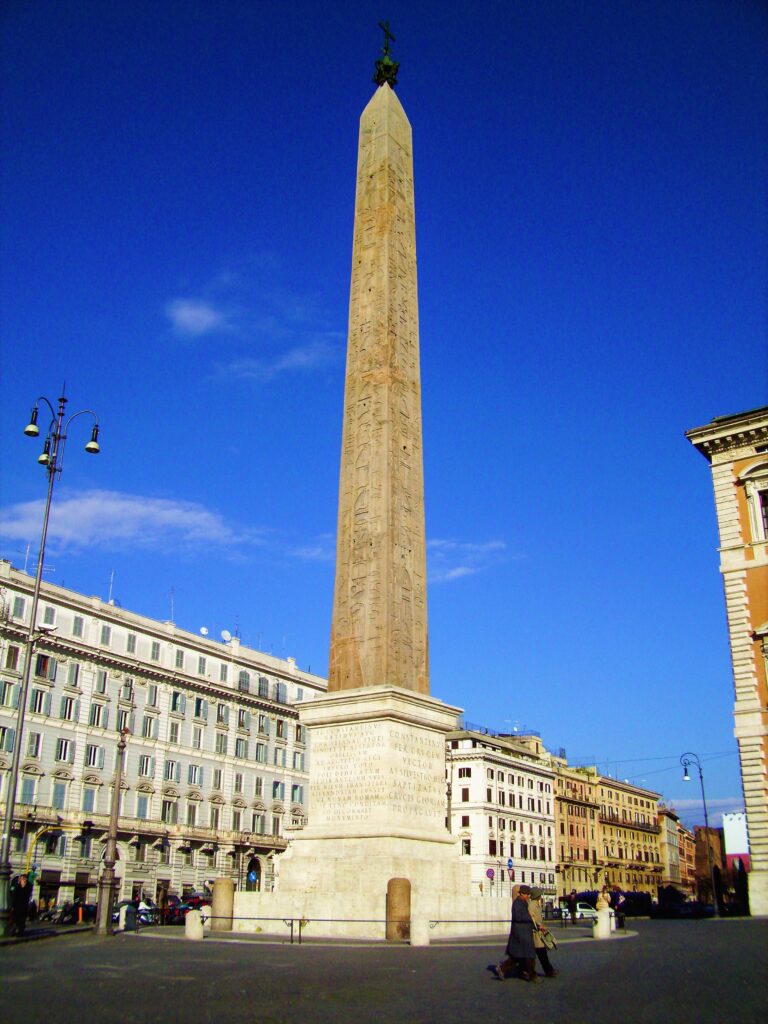
Granite and Marble in Ancient Monuments
Marble and granite were commonly used in building temples, obelisks, and tombs. The famous Pyramids, which have stood for thousands of years, included Egyptian granite in key areas because of its durability. Obelisks, now displayed around the world, are a testament to the skills of ancient Egyptian builders who carved and transported these massive natural stones with precision.
One notable example of granite’s endurance is found in the Great Pyramid at Giza. Here, granite was used in the burial chamber to provide strength and protection. Egyptian marble, with its smooth surface and natural elegance, was often used in sacred spaces, adding an aura of refinement.
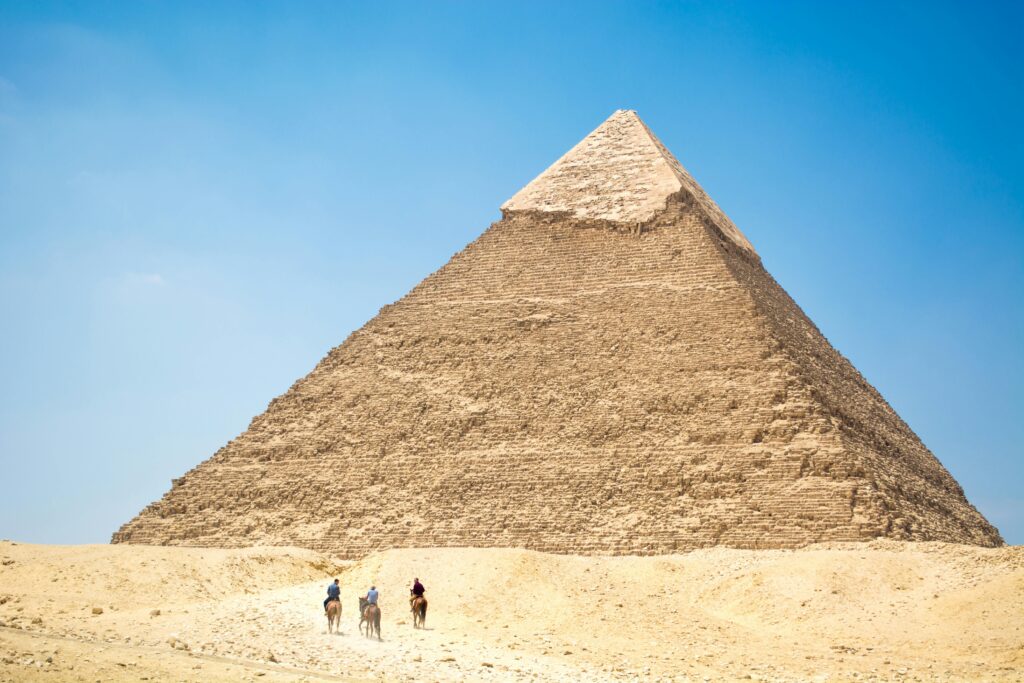
Egyptian Natural Stones: The Building Blocks of a Legacy
In Egypt, stonework became more than construction—it became an art form and a cultural symbol. Natural stones were linked to spirituality and eternity. Statues of gods, royal sarcophagi, and monuments symbolized power, resilience, and a connection to the divine. Egyptian marble and granite were chosen for projects that had to last forever which formed the egyptian identity.
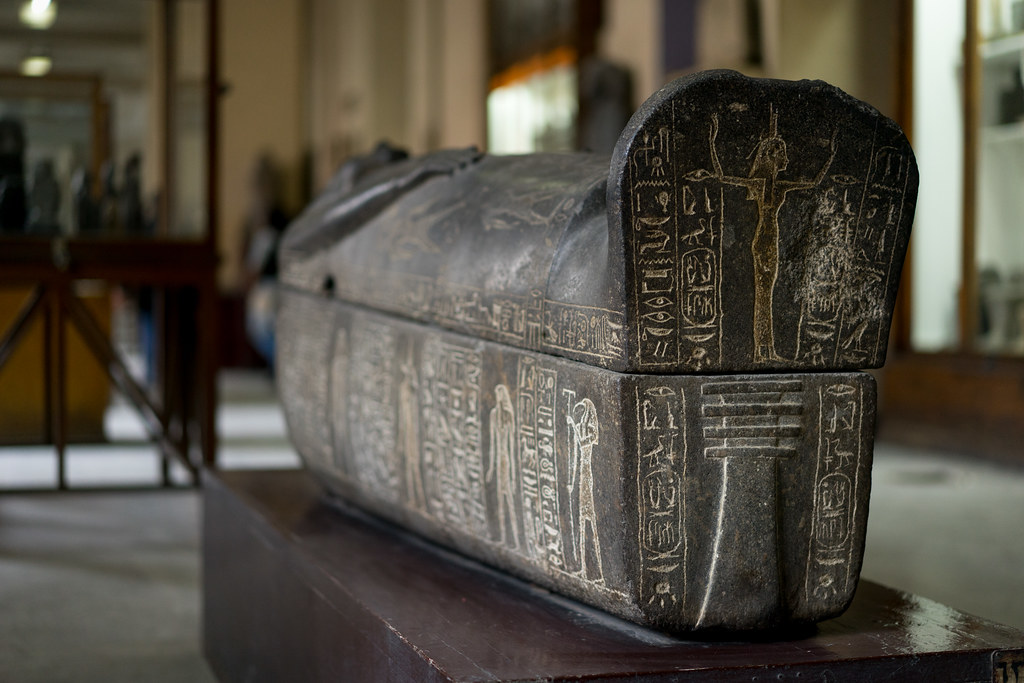
Symbolism and Craftsmanship
Carving stone turned into a specialized skill. Only the best artisans could master it. Craftsmen spent years perfecting their techniques to bring gods and legends to life in stone. They believed that immortalizing figures in stone ensured their legacy.
The color of the stone also held meaning. Black granite, linked with Osiris, symbolized resurrection. White marble, associated with purity, was often used in temples. This understanding of stone as both a physical and spiritual medium was unique to Egyptian identity and influences design today.
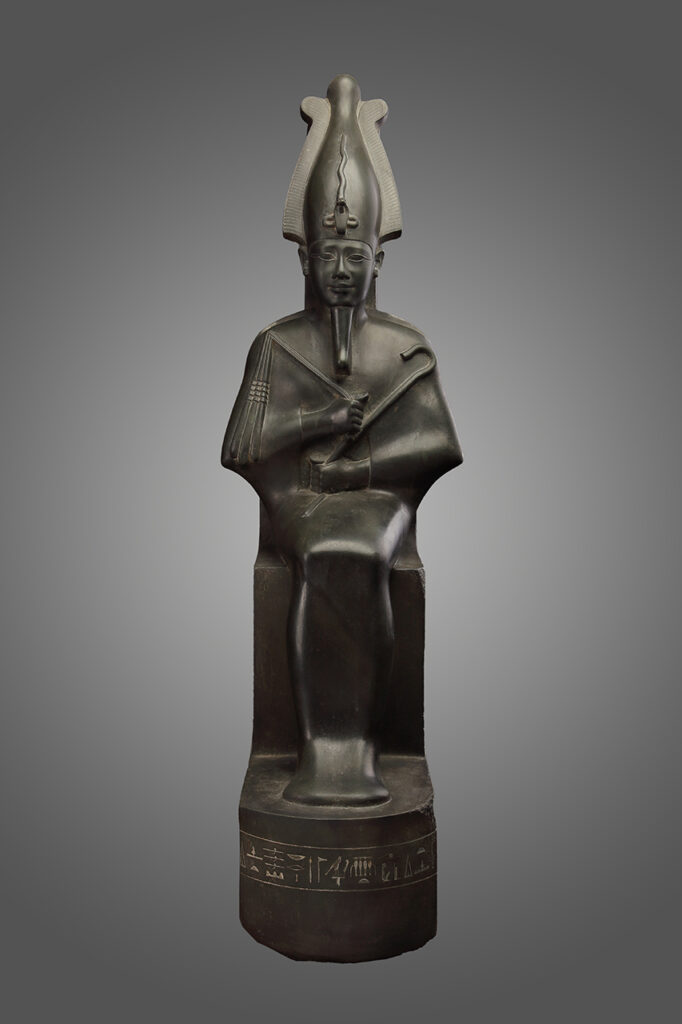
Natural Stones in the Modern Egyptian Identity
Natural stones hold a significant place in shaping the modern Egyptian identity, blending cultural heritage with contemporary design. Today, Egyptian marble and granite remain highly valued by interior designers, builders, and homeowners alike. These stones are celebrated for their timeless appeal, effortlessly bridging the gap between Egypt’s ancient past and its modern aspirations. Their versatility allows them to enhance both traditional and contemporary styles, making them an ideal choice for a wide range of architectural and interior design projects.
For traditional spaces, the rich textures and historical significance of Egyptian natural stones evoke a sense of grandeur and authenticity. In modern settings, their sleek finishes and natural beauty provide a touch of sophistication and elegance. Egyptian marble, with its polished surfaces and subtle veining, is often used in luxury interiors, while the strength and durability of granite make it perfect for high-traffic areas and exterior applications. Beyond aesthetics, these stones represent a cultural connection, allowing homeowners and designers to incorporate a piece of Egypt’s heritage into their spaces.
The growing demand for Egyptian marble and granite in global markets further highlights their enduring appeal. These natural stones symbolize not just beauty and functionality but also the resilience and craftsmanship that define Egyptian identity & legacy. Whether used for flooring, countertops, or statement walls, they continue to tell a story of artistry and durability, ensuring their place as a cornerstone of both Egyptian identity and modern design worldwide.
Egyptian Granite and Marble in Modern Architecture
Egyptian granite and marble are now sought after worldwide. They are used in luxury projects across the globe. Egyptian granite is often chosen for countertops and floors because it combines beauty with strength.
Egyptian marble remains popular for its elegance. It is used for floors, walls, and decorative pieces. With finishes that range from polished to matte, this stone fits many design preferences.
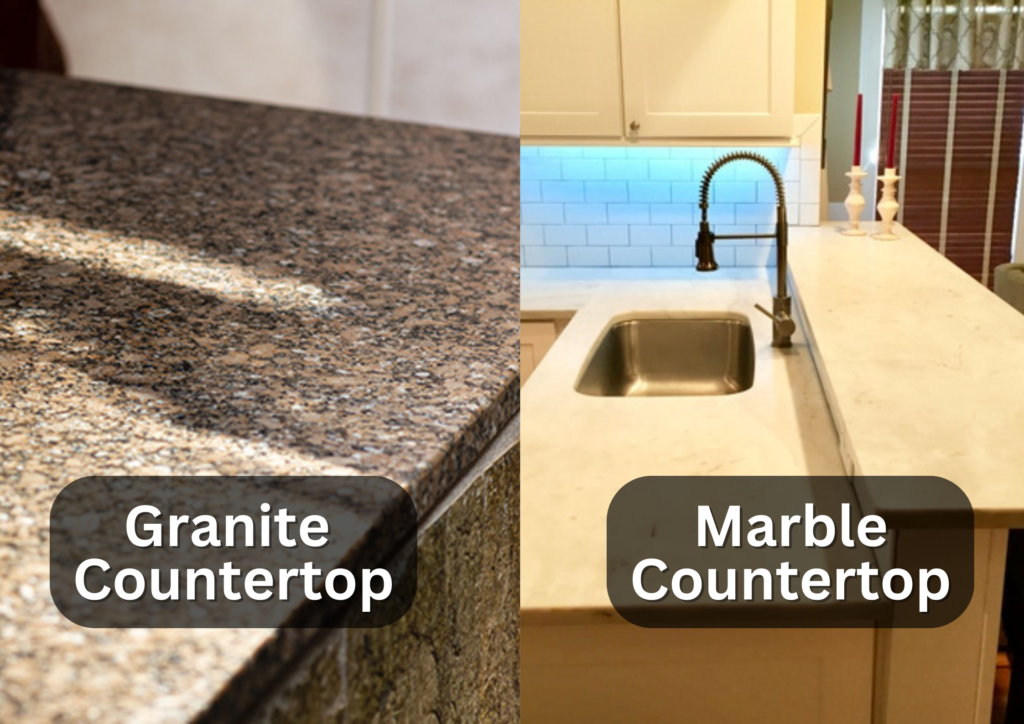
Why Egyptian Marble and Granite Are Still the Best Choice
The popularity of Egyptian marble and granite isn’t by chance. These stones offer unique qualities:
- Strength: Egyptian granite and marble are tough. They handle heavy use and stay strong for years. This makes them great for floors and kitchens.
- Beauty: These stones come in many colors and patterns. Granite has rich tones, while marble has softer shades. This variety makes them suitable for any project.
- History: Using Egyptian stone brings a connection to the past. It adds meaning to any design.
- Flexibility: Egyptian stones fit both traditional and modern styles. Polished or textured finishes allow customization.
- Eco-Friendly: Natural stones are sustainable. They last for decades, reducing waste.
Choosing Egyptian Stones for Your Next Project
Planning a project? Egyptian marble and granite bring history, beauty, and strength. These stones are more than materials—they’re part of Egyptian identity and heritage.
Key Tips for Selecting Stones
Make the most of Egyptian stones with these tips:
- Purpose: Choose granite for heavy-use areas like kitchens. Marble works best in decorative spaces.
- Finish: Pick polished granite for a shiny look or honed marble for a soft finish.
- Color: Consider how the stone’s color will match your design.
- Care Needs: Granite is easy to maintain. Marble needs more care but offers timeless charm.
- Sustainability: These stones are long-lasting and eco-friendly.
Preserving the Legacy: Sustainable Quarrying Practices
Egyptian companies, like Shawkat Stone, now use sustainable quarrying practices. These include recycling water, reducing waste, and ensuring worker safety. Such practices protect the environment while maintaining the quality of Egyptian stones.
Conclusion: Building with Identity and History
Egyptian stones are more than just materials. They symbolize strength, artistry, and a rich heritage. Marble and granite have shaped Egyptian identity and continue to inspire the world.
When you choose Egyptian stone, you’re adding beauty and history to your space. You’re supporting a tradition of craftsmanship and sustainability. These stones aren’t just for building—they’re for creating timeless designs that honor the past and look to the future.
Resources: